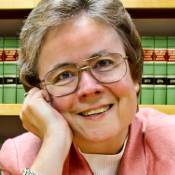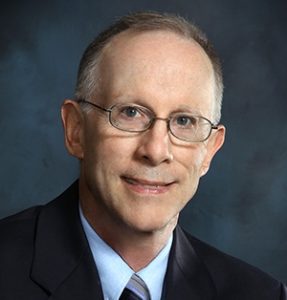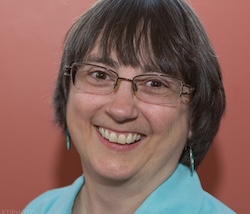SpringBoard, an official blogger for the 2015 NGS Family History Conference, is pleased to offer an overview of this certification workshop, presented Thursday, 14 May 2015:
T211: Certification: Measuring Yourself Against Standards, presented by Michael S. Ramage, JD, CG, Elissa Scalise Powell, CG, CGL, and Judy G. Russell, JD, CG, CGL
Why certify?
How to certify?
What are the components of a portfolio?
What characterizes a successful applicant?
What are the common mistakes made by unsuccessful applicants?

Judy G. Russell, JD, CG, CGL
These are among the questions addressed by trustees of the Board for Certification of Genealogists in its workshop “Certification: Measuring Yourself Against Standards,” conducted at the 2015 National Genealogical Society conference in St. Charles, Missouri.

Michael S. Ramage, JD, CG
Trustee and Board Treasurer Michael S. Ramage, JD, CG, Trustee and Executive Committee member-at-large Judy G. Russell, JD, CG, CGL, and Trustee and Past President Elissa Scalise Powell, CG, CGL, reviewed the certification process in depth for a packed room at the St. Charles Convention Center.
Attendees had the opportunity to ask questions about all of the required elements of the portfolio, the application process, and the judging rubrics.

Elissa Scalise Powell, CG, CGL
They also were among the first to learn of two changes in the application process, adopted by the Board of Trustees at its meeting last week:
First, the resume requirement will be updated, effective when the 2016 application guide is published, to require new applicants to “List the genealogy-related activities that helped you prepare for certification and in a sentence or two discuss how each activity helped you improve your (a) attainment of genealogical standards, (b) knowledge of genealogically-useful materials and contexts, (c) skills in reconstructing unknown or forgotten relationships, families, people, groups, and events, and (d) abilities to present your findings to others. Your discussion should cover formal and informal development activities in which you engaged. {Standards 82–83}.” This requirement, which will be evaluated by judges in the portfolio review process, is designed to ensure that applicants focus on the wide variety of educational opportunities available to assist in preparing for success as a genealogical researcher.
Second, and again effective when the 2016 application guide is published, new applications will be capped at 150 pages in length. This change will bring both electronically-submitted and hard-copy portfolios onto an identical footing, with both forms limited to 150 pages. (Double-sided printing is allowed, but each printed page counts: seventy-five pieces of paper printed on both sides equals 150 pages.) It will also serve to reinforce the guidance given to applicants that excellence is not inconsistent with brevity.
The two-hour, two-session workshop was recorded, and the audio tape will be available shortly for purchase through Jamb Tapes, Inc.

CG, Certified Genealogist, CGL, and Certified Genealogical Lecturer are service marks of the Board for Certification of Genealogists, used under license by Board-certified genealogists after periodic competency evaluation, and the board name is registered in the US Patent & Trademark Office.